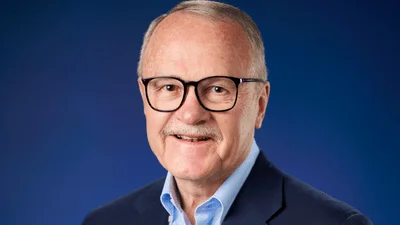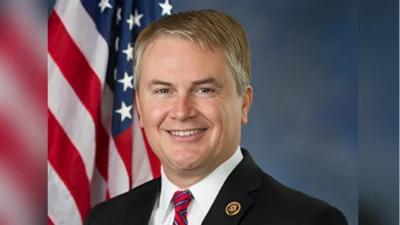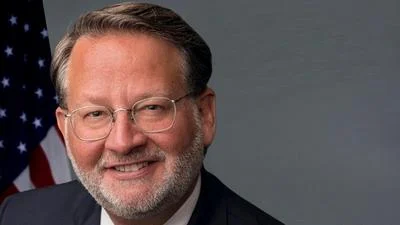Any discussion of health reform must include an examination of our health care workforce. As we embark on this important effort to address the shortcomings and problems in our health care system, we have to understand these important workforce issues. And one obvious area of focus is what impact expanding coverage to all Americans will have on the health care workforce in the future. It is easy to see that increased health coverage is useless without a workforce to provide care.
The experience in Massachusetts provides a useful example of how important these workforce issues have to be. In Massachusetts, health reform efforts have increased the number of people covered, but there are reports that many people are now finding it difficult to find and get appointments with primary care providers. The challenge of finding primary care providers has put tremendous pressure on the emergency rooms and will almost certainly increase health care costs in Massachusetts. Future health care reform efforts ought to proceed with the health care workforce in mind in order to avoid unintended consequences such as those in Massachusetts.
These workforce issues are driven by a multitude of factors as we will hear today. And they have multiple effects on the system. These issues and how we respond to them affect not only the basic access to health care but they also impact the quality of health care and the cost. There are many projections of the workforce challenges we face. The Association of American Medical Colleges has estimated an overall physician shortfall of 124,000 by the year 2025. The Health Resources and Services Administration (HRSA) projects that the nation’s nursing shortage will grow to more than one million by the year 2020. According to a study last year in the Archives of Surgery, the number of general surgeons per 100,000 people fell 26% during the past 25 years.
As our population ages, health care workforce shortages are predicted for nursing staff,
technicians, general surgeons, and other allied health professions. Rural areas, such as those in Iowa, are at greatest risk for health care workforce shortages. According to the Health Resources and Services Administration (HRSA), approximately 20% of the United States population lives in rural areas, but only 9% of physicians practice there. And we have a shortage of primary care providers within our existing workforce. Disturbing reports continue to show the dwindling percentage of medical students who plan to become primary care physicians. It is as low as two percent of current medical students, according to a study in the Journal of the American Medical Association. And our country is becoming increasingly reliant on foreign medical graduates to fill gaps in primary care residency positions and in underserved areas.
The increased cost of education and a lack of sufficient financial incentives for primary care are a significant factor in this decline. These workforce challenges don't just affect the availability of health care. They also have a significant impact on how the health care delivery system performs. The Dartmouth Atlas Project and others have shown that regions with greater primary care presence have lower costs, higher quality, and reduced socioeconomic and geographic disparities.
So we need to change incentives to promote emphasis on primary care. Patients would then have better access to a provider who can coordinate their care. We are very interested in delivery system reform as part of the larger health care reform effort. The fragmented incentives in place for the education of medical professionals only reinforce the fragmented silos of care that we are trying so hard to change. We shouldn’t expect changes in the delivery system if we don’t pay more attention to the education of medical professionals. The socket has to match the plug. So in addition to reimbursement, we need to look at how Federal programs promote workforce development. Over the years, the Federal government has developed several programs that seek to influence the education, training, and retention of the health care workforce. We should consider reforming Medicare and Medicaid Graduate Medical Education to more effectively foster broader workforce goals. With that, I’ll yield and look forward to the testimony of our witnesses.








